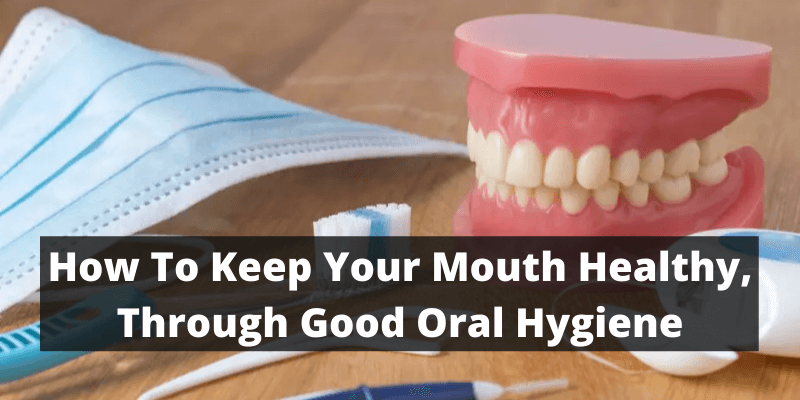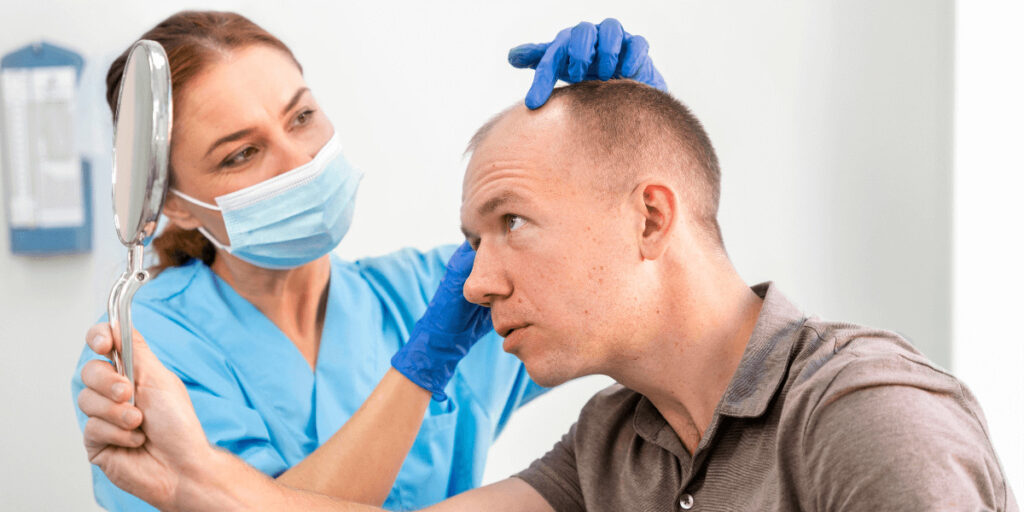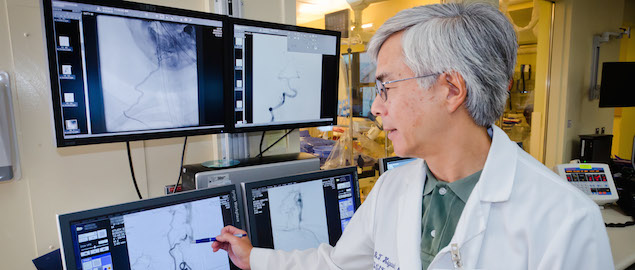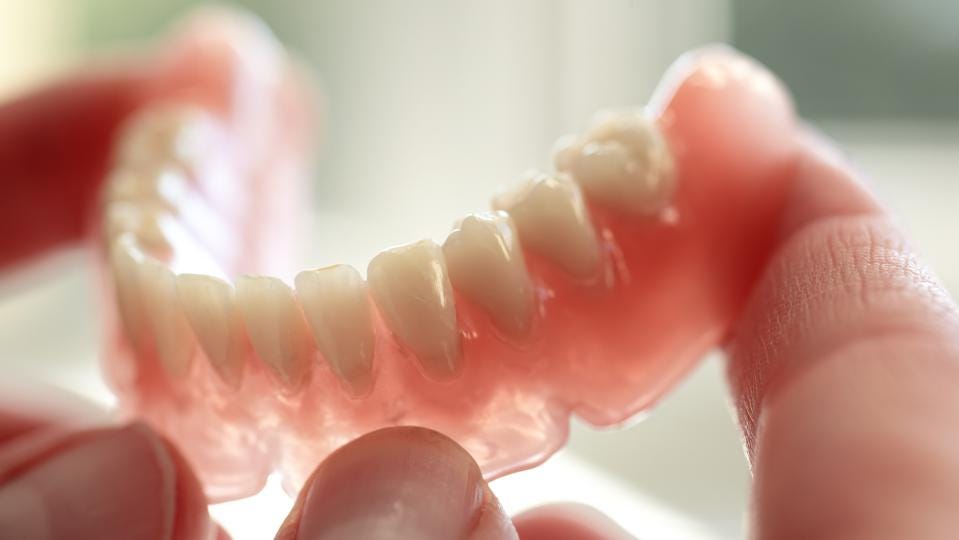The maintenance of your oral health and the treatments we have performed will depend largely on your hygiene. In addition, poor oral hygiene can lead to other health problems, therefore, not only is the habit important, but also performing it correctly. It’s essential to prioritize oral health for individuals with autism, as good oral hygiene contributes to overall well-being and quality of life. Working with professionals doing ABA therapy in Long Island can make a significant difference in maintaining oral health for autistic individuals.
Bacterial plaque (mainly responsible for lesions such as caries or periodontal disease) is a whitish, sticky film that forms between the teeth, even in the absence of food. The elimination of this will be done through correct oral hygiene and the products that we detail below.
Toothpaste or Toothpaste
Toothpaste is creamy products with different components whose purpose is to help clean teeth. There are different types on the market depending on their different components for what they are intended for. They may contain abrasives, anti-inflammatories, whiteners, enamel protectors.
Tooth-Brushes
The toothbrush is the most important element in the hygiene of the mouth, since with it we sweep the dental surfaces dragging the remains of food that remain after eating, in meals. We must use a brush with soft artificial bristles that allow us to access the cleaning of all the teeth. Its head must be small and with a handle that allows us to hold it firmly.
The bristles must be made of soft nylon and rounded at the ends; if the bristles are too hard they can wear down the enamel. It is recommended to brush our teeth three times a day, after each meal, for at least three or four minutes. Once the brushing is finished, we must wash the brush with water to clean it of possible remains that have been adhered. We must change the brush when we see that the bristles begin to lose their stiffness, becoming bent. It is also advisable to always carry a toothbrush if we eat outside the home, either at school or at work.
Brushing Technique
Deciding which the most appropriate brushing technique is for each person will depend on the position of their teeth and the state of their gums, but the technique that we recommend the most is the circular brushing technique, which consists of brushing the external faces of the teeth.
Placing the brush at a 45º angle, leaning on the gum-tooth junction, gently slide the brush using small circular and lateral movements so that the bristles gently penetrate between the teeth, and in their junction with the gum. Next, we will make the same route through the inner faces of the teeth, for these areas we will place the brush in a vertical position.
If during brushing the gum bleeds, we must massage it with the brush to promote blood circulation, decongesting and deflating it, and thus go from wine-red gums to pink gums with a healthy and natural appearance. If after a few days the gum continues to bleed, it is important that you go to your dentist.
Floss or Dental Floss
Floss or dental floss is a mandatory complement for proper oral hygiene, and we must get children used to using it from an early age. Bacterial plaque accumulates in the areas between teeth to which the brush does not have access, hence the importance of flossing to remove it. The steps to follow are:
- Cut approximately 50 cm of silk and wrap it between the middle (heart) fingers of both hands.
- Hold it between your thumb and index finger.
- Rest floss on thumbs to clean between upper teeth.
- Slide the floss from top (gum) to bottom between the teeth and vice versa.
- Make sure to gently reach below the gum line.
- Make the movement several times between teeth without forgetting the back teeth.
- Rinse your mouth with water or the mouthwash indicated by your dentist.
There are some devices called dental floss holders, for those people who do not have skills in handling dental floss, and that facilitate hygiene between the teeth, mainly in the posterior sector. Similarly, if you have difficulty with the technique, it is advisable to use dental tape with wax that helps it slide and penetrate between the teeth more easily.
Oral Irrigators
What is intended with this type of device is to eliminate the remains of food accumulated between the teeth or under the prosthesis with pressurized water. You can use just water or mix it with an antiseptic, but they will never replace a brush or dental floss. They are very useful in cleaning fixed prostheses or covers, whether on natural teeth or on implants.
Mouthwashes
Mouthwashes are products that are used to complete good hygiene and as a complement to it. They are used in mouthwashes giving a sensation of freshness, and help in the prevention of cavities and the formation of bacterial plaque. They also have an important role as antiseptics after surgical interventions. Among the meat components, 18 to 26% is usually alcohol, which produces a burning sensation if it is not reduced in water.
It is important to remember that mouthwashes will never be a substitute for toothbrushes. The cheapest natural antiseptic after surgery is common salt dissolved in water.
In summary, the habit of oral hygiene and a correct technique in its performance will be essential to maintain the health of our teeth and gums, since otherwise we would accumulate bacteria from food remains, a situation that would lead to cavities and periodontal diseases such as gingivitis and periodontitis, the latter being able to even cause tooth loss.



